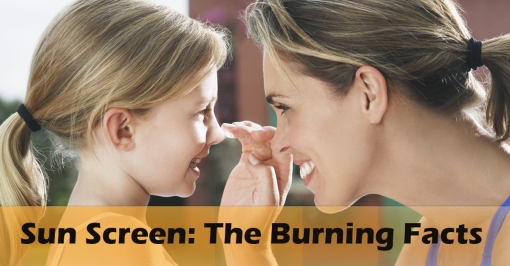Although the sun is necessary for life, too much sun exposure can lead to adverse health effects, including skin cancer. More than 1 million people in the United States are diagnosed with skin cancer each year, making it the most common form of cancer in the country, but it is largely preventable through a broad sun protection program. It is estimated that 90 percent of non-melanoma skin cancers and 65 percent of melanoma skin cancers are associated with exposure to ultraviolet (UV) radiation from the sun.
By themselves, sunscreens might not be effective in protecting you from the most dangerous forms of skin cancer. However, sunscreen use is an important part of your sun protection program. Used properly, certain sunscreens help protect human skin from some of the sun’s damaging UV radiation. But according to recent surveys, most people are confused about the proper use and effectiveness of sunscreens. The purpose of this fact sheet is to educate you about sunscreens and other important sun protection measures so that you can protect yourself from the sun’s damaging rays.

How Does UV Radiation Affect My Skin? What Are the Risks?
UV radiation, a known carcinogen, can have a number of harmful effects on the skin. The two types of UV radiation that can affect the skin—UVA and UVB—have both been linked to skin cancer and a weakening of the immune system. They also contribute to premature aging of the skin and cataracts (a condition that impairs eyesight), and cause skin color changes.
UVA Rays
UVA rays, which are not absorbed by the ozone layer, penetrate deep into the skin and heavily contribute to premature aging. Up to 90 percent of the visible skin changes commonly attributed to aging are caused by sun exposure.
UVB Rays
These powerful rays, which are partially absorbed by the ozone layer, mostly affect the surface of the skin and are the primary cause of sunburn. Because of the thinning of the ozone layer, the effects of UVB radiation will pose an increased threat until the layer is restored in the latter half of the 21st century.
The above is an excerpt adapted from the article,
"Sun Screen: The Burning Facts” and from
MerchantsOn-Demand.com.
For more information, please visit www.epa.gov.